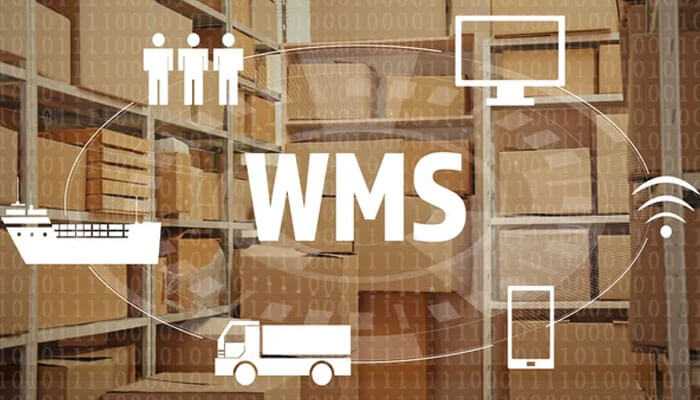In the fast-paced world of logistics and supply chain management, the implementation of a Warehouse Management System (WMS) represents a significant leap toward operational efficiency and accuracy. However, the success of a WMS doesn’t solely depend on the technology itself but also on the people who use it. Training your team effectively is crucial to maximizing the benefits of your warehouse management system. This article explores best practices and strategies for training your team for WMS success.
Understanding the Importance of WMS Training
An advanced software solution is designed to optimize all warehousing operations, including inventory tracking and order fulfillment, through a warehouse management system. It streamlines processes, reduces errors, and enhances productivity. To ensure smooth adoption and operational success when transitioning to a WMS, thorough training is essential for making the shift in how tasks are performed.
Best Practices for WMS Training
1. Start with the Basics:
Before diving into the specifics of your WMS, ensure that your team has a solid understanding of basic warehouse operations and logistics concepts. This foundational knowledge will make it easier for them to grasp how the WMS improves and integrates into these processes.
2. Tailor Training to Different Roles:
Not everyone needs to know everything about the WMS. Tailor training sessions to the specific roles and responsibilities of different team members. For example, pickers and packers need in-depth knowledge of the system’s inventory and order fulfillment functionalities, whereas managers may require training on reporting features and performance analytics.
3. Use a Variety of Training Methods:
People learn in different ways. Utilize a mix of training methods, including hands-on training, interactive simulations, and classroom-style learning. This approach caters to various learning styles and helps reinforce knowledge retention.
4. Incorporate Real-World Scenarios:
Apply training scenarios that reflect the day-to-day challenges your team faces. This not only makes the training more relevant but also equips your team with practical problem-solving skills they can use when they encounter similar situations during actual operations.
5. Leverage Vendor Resources:
Many warehouse management system vendors offer training modules, documentation, and support. Utilize these resources to complement your training program. They often provide valuable insights into best practices and tips for getting the most out of the system.
6. Promote Continuous Learning:
WMS training shouldn’t end after the initial rollout. Provide ongoing training sessions as updates and new features are introduced. Encourage a culture of continuous learning and improvement, allowing your team to stay updated with the latest functionalities and optimization strategies.
Strategies for Ensuring WMS Training Success
1. Engage Leadership:
Ensure that your leadership team is actively involved in the training process. Their engagement can drive home the importance of the WMS to the organization and motivate the team to fully embrace the system.
2. Create a Supportive Environment:
Make it clear that questions and feedback are welcome. A supportive training environment encourages open communication and helps identify areas where additional training may be needed.
3. Monitor and Measure Progress:
Use assessments and performance metrics to gauge the effectiveness of your training program. This data can help you adjust your training approach and identify areas where your team may need further support.
4. Recognize and Reward Success:
Acknowledge team members who demonstrate proficiency with the warehouse management system or who have made significant improvements. Recognition can serve as a powerful motivator for the entire team.
Conclusion
Training your team for warehouse management system success is a strategic investment in your organization’s future. By adopting these best practices and strategies, you can ensure that your team is well-equipped to leverage the full potential of your warehouse management system, leading to improved operational efficiency, reduced errors, and enhanced customer satisfaction. Remember, the goal is to foster not only understanding but also confidence in using the warehouse management system, turning it into a key asset for your warehouse operations.
FAQs
FAQ 1: What is WMS?
Answer: WMS stands for Warehouse Management System. A software solution is designed to optimize warehouse operations, including inventory management, order fulfillment, and shipping. A WMS helps streamline processes, reduce errors, and increase efficiency in the warehouse.
FAQ 2: Why is training important for WMS implementation?
Answer: Training is crucial for warehouse management system implementation because it ensures that your team is fully equipped to utilize the system’s capabilities. Proper training enhances user adoption, minimizes errors, and maximizes the system’s efficiency and productivity benefits, leading to a more successful implementation and operational excellence.
FAQ 3: Who should be trained on the WMS?
Answer: Training should be tailored to the roles and responsibilities of different team members. This includes warehouse staff who will use the system daily, such as pickers and packers, as well as managers and supervisors who will use the WMS for inventory control, reporting, and decision-making.



